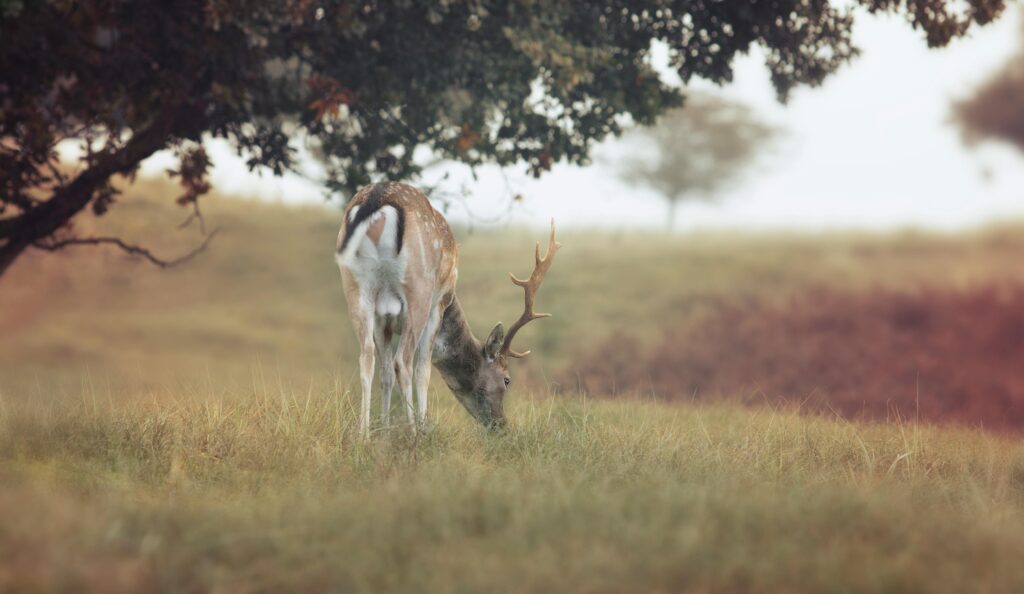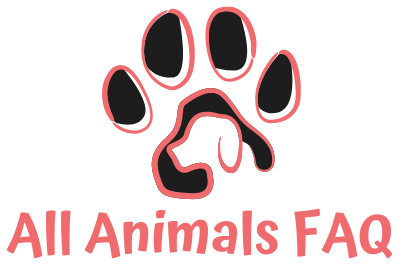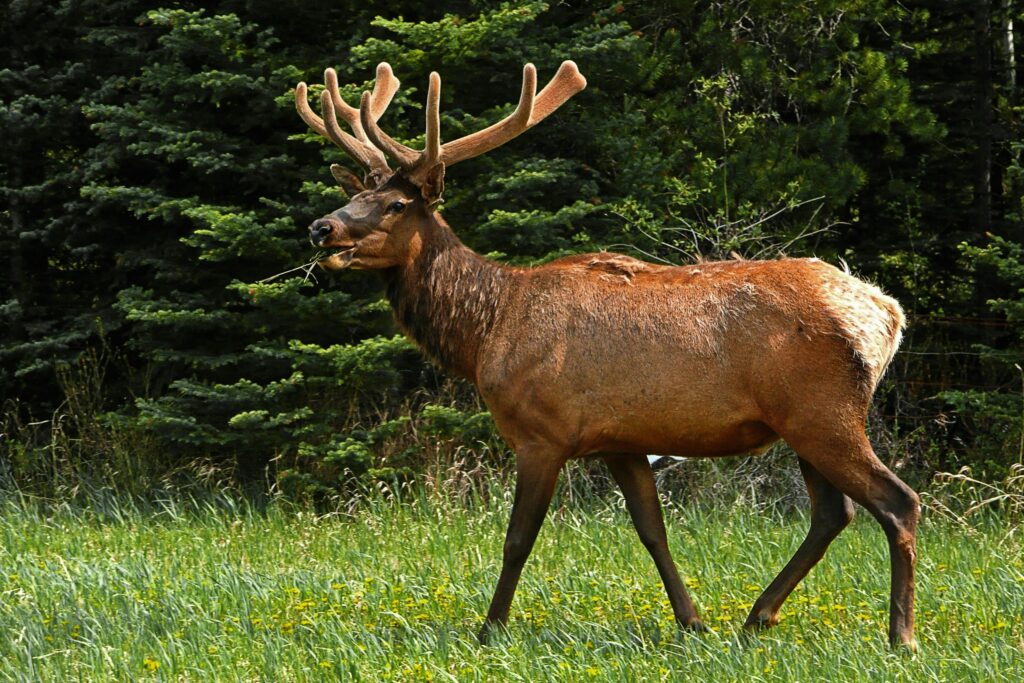Deer breeding is a fascinating subject that intertwines wildlife management, biology, and ecological balance. As one of North America’s most iconic animals, deer play a crucial role in their ecosystems. Understanding their breeding habits is essential for wildlife enthusiasts, hunters, and anyone interested in the natural world.

1. Breeding Seasons and Behavior
Deer breeding, commonly referred to as the rut, primarily occurs in the fall. This season varies by species and geography, typically occurring between late October and December. The onset of cooler weather and changing daylight triggers hormonal changes in both bucks and does, signaling the start of the breeding season.
- Rutting Behavior: During the rut, bucks display heightened aggression and engage in competitive behaviors to attract does. They spar with each other, using their antlers in displays of strength and dominance. This competition not only determines mating rights but also plays a critical role in the health of the deer population by favoring stronger genetics.
- Scent Marking: Bucks communicate their presence and reproductive status through scent marking. They use urine, glandular secretions, and even scrapes on trees to establish territory. The scent left behind provides information about the buck’s age, health, and breeding status, helping does make informed choices about potential mates.
- Vocalizations: During the rut, vocalizations increase as bucks grunt to assert dominance and attract females. These sounds can vary in tone and frequency, signaling different messages to both does and competing males.
2. Reproductive Strategies
Deer exhibit various reproductive strategies influenced by environmental factors and social structures:
- Polygynous Mating: Most deer species, including white-tailed deer and mule deer, are polygynous. A single dominant buck often mates with multiple does during the breeding season. This strategy increases genetic diversity, enhancing the overall health of the population.
- Dominance Hierarchies: In areas with dense deer populations, a clear hierarchy emerges. Dominant bucks control access to does, and their success in mating is often determined by their physical condition and ability to fend off rivals. This competition leads to natural selection, where only the fittest bucks pass on their genes.
- Territoriality: Some deer species establish territories that they defend against rivals. Bucks may roam large distances in search of does, which can lead to increased genetic mixing across populations.
3. Gestation and Fawning
After mating, does enter a gestation period lasting about 200 to 210 days, with most fawns born in late spring or early summer. This timing is strategic, allowing fawns to be born when food resources are plentiful.
- Fawning Behavior: Does typically give birth to one or two fawns. In the wild, they select secluded locations, such as dense brush or tall grass, to hide their young from predators. The fawns are born with spots that provide effective camouflage, allowing them to blend into their surroundings.
- Maternal Care: The bond between a doe and her fawns is incredibly strong. Does are highly protective and will often move their young to new locations to avoid threats. They nurse their fawns several times a day, providing vital nutrients that are crucial for rapid growth and development during the early weeks of life.
- Learning and Development: Fawns begin to eat solid food around three to four weeks old, but they continue to nurse for several months. They learn critical survival skills by observing their mother, such as identifying food sources and recognizing potential dangers.
4. Population Management and Conservation
Understanding deer breeding is critical for effective wildlife management and conservation efforts. Overpopulation can lead to habitat degradation, increased vehicle collisions, and the spread of diseases like chronic wasting disease (CWD).
- Hunting Regulations: Many regions implement regulated hunting seasons to maintain balanced populations. These regulations often take breeding cycles into account, ensuring that hunting does not disproportionately affect does during their fawning period. This helps maintain a sustainable population and promotes healthy herd dynamics.
- Habitat Restoration: Conservation efforts focus on creating and maintaining habitats that support healthy deer populations. This includes planting native vegetation that provides food sources and creating safe fawning areas away from human disturbances.
- Monitoring Populations: Wildlife agencies often conduct population surveys and monitoring to assess deer health and reproductive success. This data helps inform management decisions and ensures that populations remain within sustainable limits.
5. Challenges to Deer Breeding
Despite their adaptability, deer face numerous challenges that can impact their breeding success:
- Habitat Loss: Urbanization and agriculture reduce natural habitats, forcing deer into smaller areas. This can lead to increased competition for resources and higher mortality rates.
- Climate Change: Shifts in climate patterns can affect the timing of the rut and the availability of food. Unseasonably warm temperatures can disrupt mating behaviors and fawning success.
- Predation and Disease: Increased predation from natural predators, such as coyotes and wolves, alongside the spread of diseases, can impact deer populations. Diseases like CWD pose significant risks, affecting not only individual animals but entire populations.
6. Conclusion
Deer breeding is a complex interplay of behavior, biology, and environmental factors. By understanding these processes, we can appreciate the intricacies of deer life and contribute to their conservation. Engaging with local conservation efforts, participating in wildlife management programs, or simply observing deer in their natural habitat can deepen your understanding and appreciation of these remarkable animals.
Whether you’re an avid hunter or a casual observer, recognizing the importance of sustainable practices and habitat preservation is crucial. By fostering a respect for deer and their ecosystems, we can ensure that future generations will also have the opportunity to enjoy and learn from these incredible creatures.



